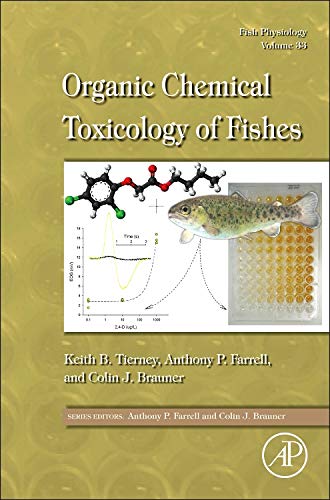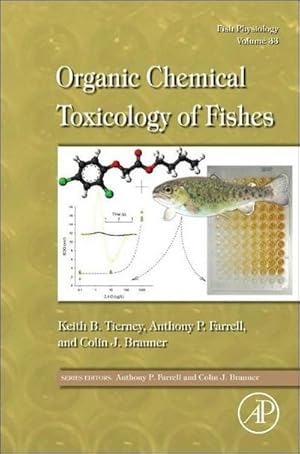Keith Tierney Anthony Farrell Colin (10 results)
FeedbackSearch filters
Product Type
- All Product Types
- Books (10)
- Magazines & Periodicals (No further results match this refinement)
- Comics (No further results match this refinement)
- Sheet Music (No further results match this refinement)
- Art, Prints & Posters (No further results match this refinement)
- Photographs (No further results match this refinement)
- Maps (No further results match this refinement)
- Manuscripts & Paper Collectibles (No further results match this refinement)
Condition
- All Conditions
- New (10)
- Used (No further results match this refinement)
Binding
- All Bindings
- Hardcover (10)
- Softcover (No further results match this refinement)
Collectible Attributes
- First Edition (No further results match this refinement)
- Signed (No further results match this refinement)
- Dust Jacket (No further results match this refinement)
- Seller-Supplied Images (2)
- Not Print on Demand (7)
Language (1)
Price
- Any Price
- Under £ 20 (No further results match this refinement)
- £ 20 to £ 35 (No further results match this refinement)
- Over £ 35
Free Shipping
Seller Location
Seller Rating
-
Fish Physiology: Organic Chemical Toxicology of Fishes: Fish Physiology Volume 33
Published by Academic Press 2014-02-12, 2014
ISBN 10: 0123982545 ISBN 13: 9780123982544
Language: English
Seller: Chiron Media, Wallingford, United Kingdom
£ 75.71
Convert currency£ 2.49 shipping within United KingdomQuantity: Over 20 available
Add to basketHardcover. Condition: New.
-
Condition: New. pp. 574.
-
£ 80.49
Convert currency£ 6.71 shipping from U.S.A. to United KingdomQuantity: 4 available
Add to basketCondition: New. pp. 574.
-
FISH PHYSIOLOGY: ORGANIC CHEMICAL TOXICOLOGY OF FISHES (FISH PHYSIOLOGY, VOLUME 33)
Seller: Romtrade Corp., STERLING HEIGHTS, MI, U.S.A.
£ 89.89
Convert currencyFree shipping from U.S.A. to United KingdomQuantity: 2 available
Add to basketCondition: New. This is a Brand-new US Edition. This Item may be shipped from US or any other country as we have multiple locations worldwide.
-
Fish Physiology: Organic Chemical Toxicology of Fishes
Seller: Revaluation Books, Exeter, United Kingdom
Hardcover. Condition: Brand New. 1st edition. 574 pages. 9.25x6.25x1.50 inches. In Stock.
-
£ 89.18
Convert currency£ 6.90 shipping from Germany to United KingdomQuantity: 4 available
Add to basketCondition: New. pp. 574.
-
Fish Physiology: Organic Chemical Toxicology of Fishes: Volume 33
Published by Elsevier Science Publishing Co Inc, 2013
ISBN 10: 0123982545 ISBN 13: 9780123982544
Language: English
Seller: THE SAINT BOOKSTORE, Southport, United Kingdom
£ 94.19
Convert currencyFree shipping within United KingdomQuantity: Over 20 available
Add to basketHardback. Condition: New. New copy - Usually dispatched within 4 working days. 902.
-
Fish Physiology: Organic Chemical Toxicology of Fishes: Volume 33
Seller: Brook Bookstore On Demand, Napoli, NA, Italy
£ 78.76
Convert currency£ 2.39 shipping from Italy to United KingdomQuantity: Over 20 available
Add to basketCondition: new. Questo è un articolo print on demand.
-
Fish Physiology: Organic Chemical Toxicology of Fishes
Published by Elsevier Science Dez 2013, 2013
ISBN 10: 0123982545 ISBN 13: 9780123982544
Language: English
Seller: BuchWeltWeit Ludwig Meier e.K., Bergisch Gladbach, Germany
£ 85.75
Convert currency£ 9.54 shipping from Germany to United KingdomQuantity: 2 available
Add to basketBuch. Condition: Neu. This item is printed on demand - it takes 3-4 days longer - Neuware -Fish Physiology: Organic Chemical Toxicology of Fishes discusses the different types of organic chemical contaminants and their respective toxic effects in fish. The book also covers the detection of dissolved organic compounds and methods to assess organic toxicity. Substances addressed in this book include organometallics, hydrocarbons, endocrine disrupting compounds (EDCs), insecticides, herbicides, and pharmaceuticals. Fish are exposed to an ever-increasing array of organic chemicals that find their way into rivers and oceans. Some of these compounds are no longer being produced but nonetheless persist within the environment (persistent organic pollutants, or POPs). The exposure of fish to toxic organic compounds has potential impact on human, fish, and ecosystem health. Yet the regulations that govern environmental water quality vary worldwide, and compliance is never complete. This book provides a crucial resource on these issues for researchers in zoology, fish physiology, and related fields; applied researchers in environmental monitoring, conservation biology, and toxicology; and university-level students and instructors in these areas. 574 pp. Englisch.
-
Fish Physiology: Organic Chemical Toxicology of Fishes : Volume 33
Seller: AHA-BUCH GmbH, Einbeck, Germany
£ 95.56
Convert currency£ 12.14 shipping from Germany to United KingdomQuantity: 2 available
Add to basketBuch. Condition: Neu. nach der Bestellung gedruckt Neuware - Printed after ordering - Fish Physiology: Organic Chemical Toxicology of Fishes discusses the different types of organic chemical contaminants and their respective toxic effects in fish. The book also covers the detection of dissolved organic compounds and methods to assess organic toxicity. Substances addressed in this book include organometallics, hydrocarbons, endocrine disrupting compounds (EDCs), insecticides, herbicides, and pharmaceuticals. Fish are exposed to an ever-increasing array of organic chemicals that find their way into rivers and oceans. Some of these compounds are no longer being produced but nonetheless persist within the environment (persistent organic pollutants, or POPs). The exposure of fish to toxic organic compounds has potential impact on human, fish, and ecosystem health. Yet the regulations that govern environmental water quality vary worldwide, and compliance is never complete. This book provides a crucial resource on these issues for researchers in zoology, fish physiology, and related fields; applied researchers in environmental monitoring, conservation biology, and toxicology; and university-level students and instructors in these areas.




